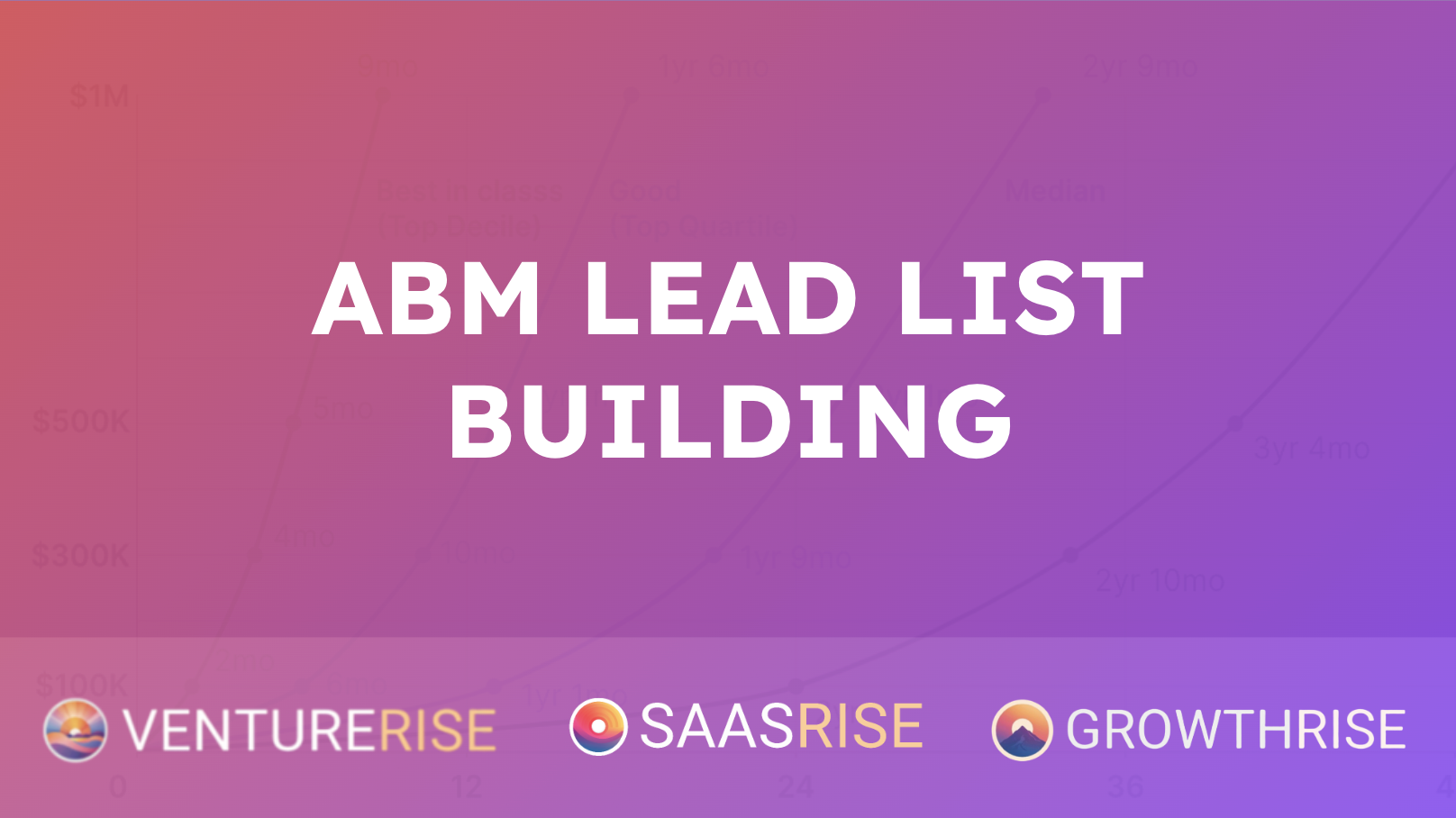
Building Your ABM Lead List: How to Target the Right People and Scale Faster
The truth is, most SaaS companies don’t fail because of a product. They stall because their marketing is too broad, too random, and too disconnected from the people who actually buy.
You can have the best product in the world, but if you’re talking to the wrong people (or not enough of the right ones), you’re wasting time and money. That’s where Account-Based Marketing (ABM) comes in — and why building your lead list is one of the most important things you’ll ever do to scale.
This isn’t another “get more leads” play. This is about building a precise, repeatable system that puts your brand in front of every single buyer who matters — over and over again — until they can’t forget you.
This content is from the 16 week B2B SaaS Growth Program that we run twice a year.
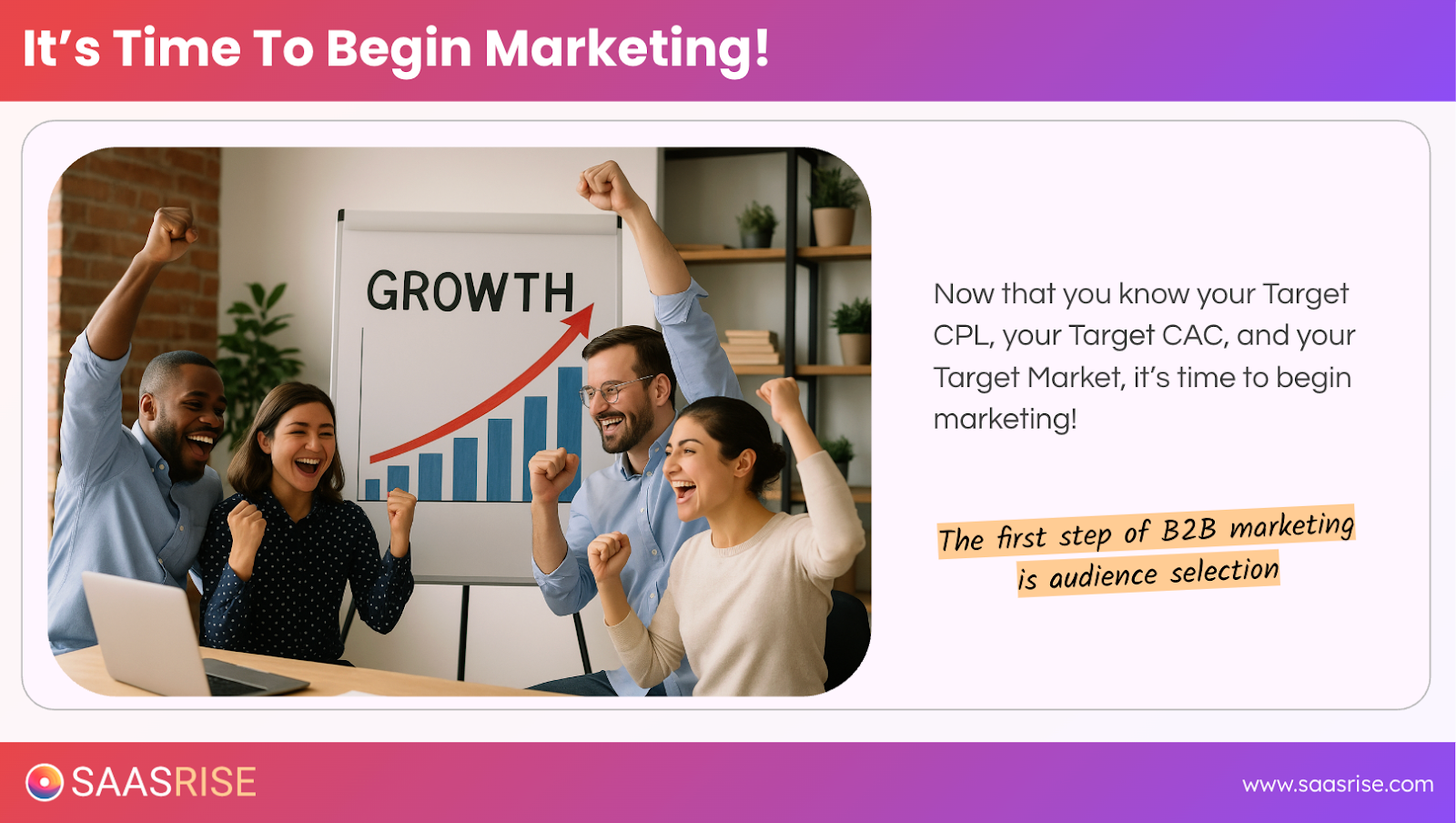
Why ABM Lead List Building Actually Matters
B2B marketing isn’t about reaching everyone — it’s about reaching the right people and doing it so consistently that they start to feel like you’re everywhere.
When you nail your audience targeting, everything else gets easier — your ads perform better, your cold emails convert, your CAC goes down, and your pipeline fills faster.
That’s what ABM does. It takes the guesswork out of who to market to and replaces it with data and precision.
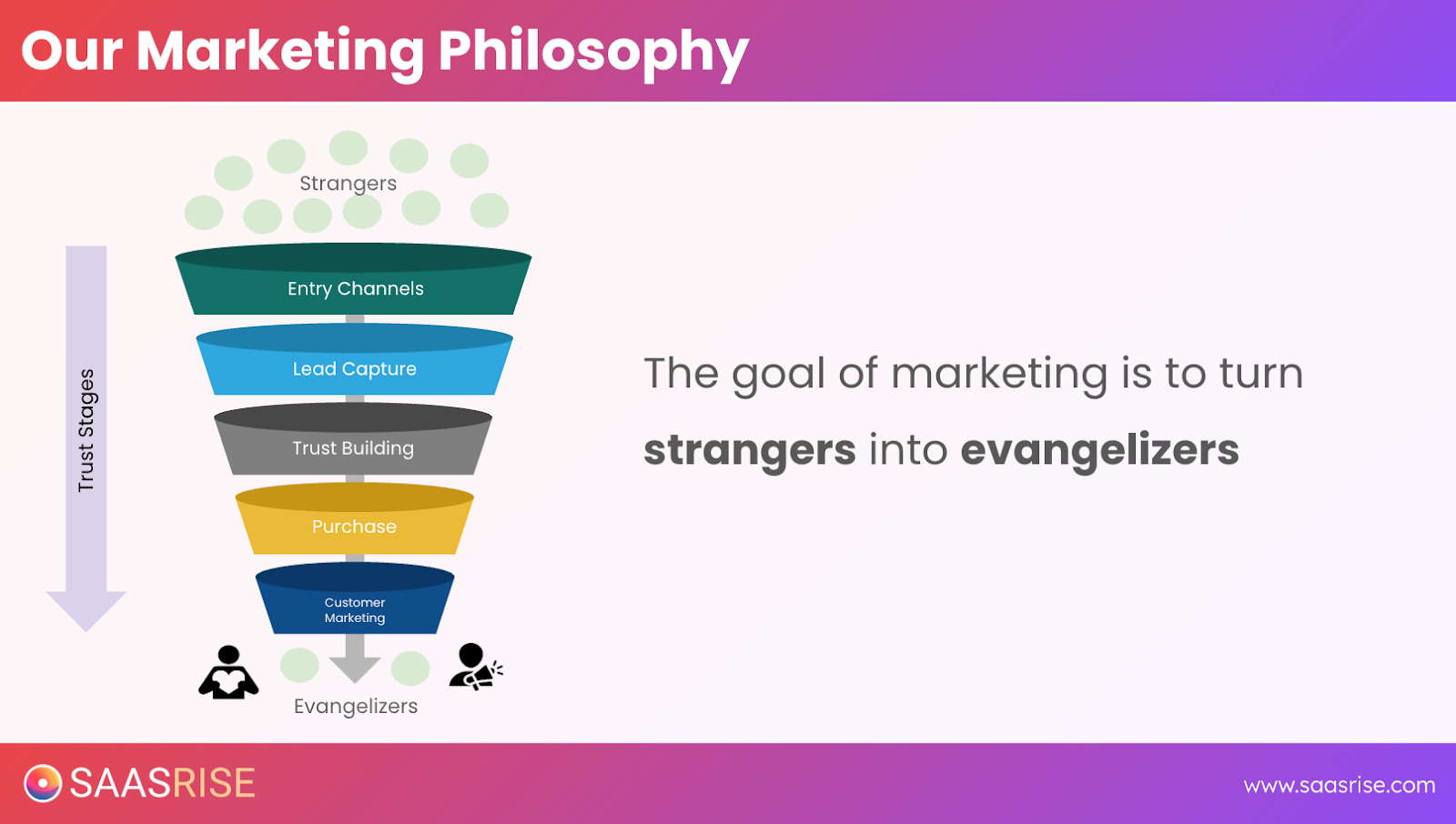
Your job: make your brand omnipresent inside your niche.
If you sell to SaaS founders, every SaaS founder should know your name. If you sell to finance directors, they should see your posts, your emails, your ads — everywhere they go online.
That’s how you turn attention into pipeline.
Step 1: Know Your Numbers Before You Build Anything
Before you build a list or spend a dollar, you need to know your numbers.
These are your guardrails:
- CAC (Customer Acquisition Cost): What can you afford to spend to get a customer?
- CPL (Cost Per Lead): How much should a lead cost based on your conversion rates?
- LTV (Lifetime Value): How much revenue does an average customer bring in?
From there, work backwards.
👉 A healthy target CAC = about 50% of your ACV or 1/6 of your LTV.
👉 Payback period = 6–9 months if you’re bootstrapped, up to 12 months if you’re venture-backed.
If your ACV is $10K, spending $5K to acquire a customer is perfectly reasonable. It’s math, not emotion.
Once you’ve got your CAC and CPL targets dialed in, you can finally make smart marketing decisions — because now you know exactly what a customer and a lead are worth.
Step 2: Define Your ICP
This is the most important step.
Your ICP is your north star — it’s who you’re building everything around.
The goal here isn’t to get clever. It’s to get accurate.
Pull your customer data and look for patterns:
- Which job titles actually sign the contracts?
- Which industries convert fastest or retain longest?
- What company size is your sweet spot?
- Where are these people located?
Don’t guess. Use data from your CRM.
If you serve multiple markets, fine — just start with one. You can’t win five verticals at once. Pick your highest-converting segment and go deep there first.
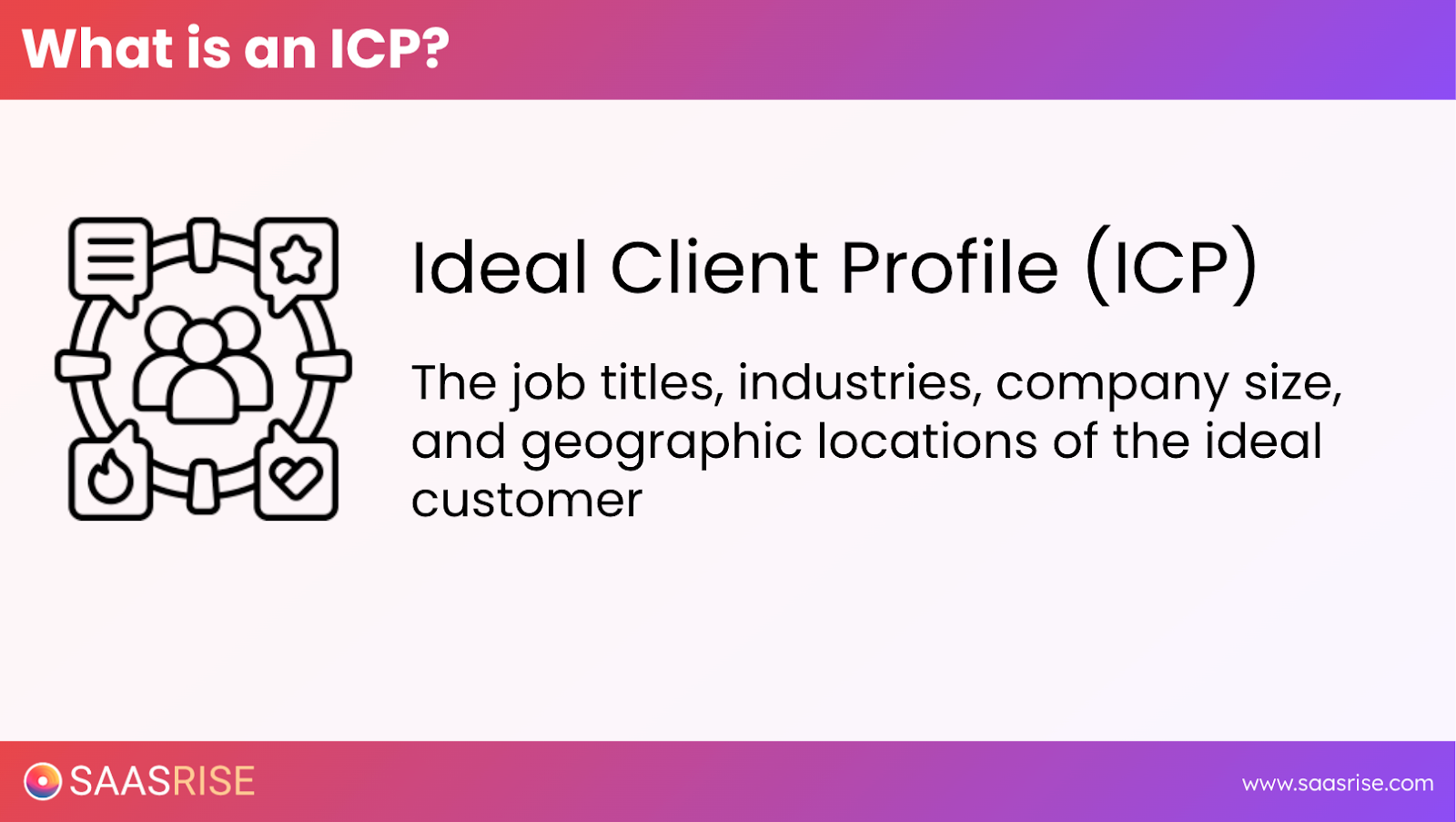
Step 3: Build a Killer ABM Lead List
Here’s where we separate amateurs from pros.
Most companies do “lead gen.” They buy random lists or scrape a few hundred new contacts each month.
That’s not ABM.
ABM is building a complete, verified list of everyone in your total addressable market — your TAM — and then marketing to them methodically for months or years.
If you do this right, it’s like installing radar on your marketing — you know exactly who’s in your market, how to reach them, and what it costs to convert them.
For most SaaS companies, that means a list of 5,000 to 150,000 contacts, depending on your ACV and market size.
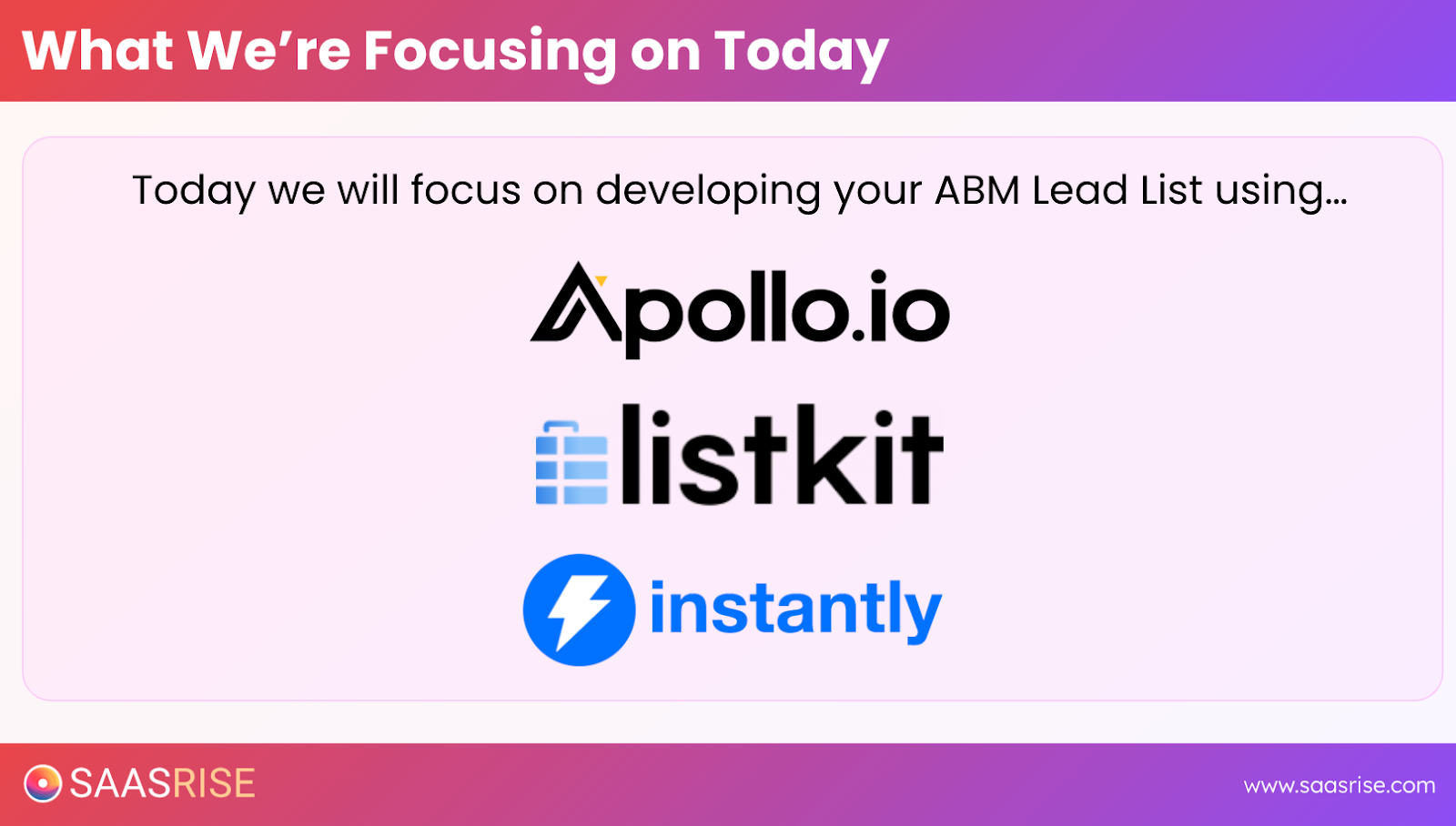
⚙️ The Tools That Make It Happen
There are a ton of data tools out there, but here’s a stack that works:
- Apollo.io – Big database, great value.
- ListKit.io – Clean, verified data with strong niche coverage.
- Instantly.ai – Combines lead generation with outbound sending, all in one place.
If you’re on a budget, start with Apollo. You can get around 100K records for less than $1,000 through a reseller.
If you’ve got room to invest, combine data from two or three platforms and merge them. It’ll give you broader coverage and better accuracy.
🧩 What to Include in Every Record
When you’re building your list, every record should have:
- Full name
- Job title
- Company name
- Business email (and personal email if possible for ad matching)
- City, state, country
- LinkedIn profile URL
If you’re planning to run matched-audience ads, personal emails help improve match rates — so grab them when you can.
💸 What It’ll Cost You
Data is cheap compared to what it produces.
Expect to spend $500–$5,000 depending on your list size.
Here’s what that covers:
- Email data: $0.005–$0.05 per record
- Enrichment (LinkedIn, phone, tech stack): +$0.02–$0.05 per record
- Verification: $200–$500 per 100K contacts
If your ACV is $1,000 or higher, the ROI is a no-brainer.
Step 4: Going After Niche Markets
If you’re selling into something niche — like non-profits, local contractors, or specialized verticals — LinkedIn data might not get you there.
That’s where you need to get creative.
Look for:
- Trade association directories
- Industry membership lists
- Government or public registries
- Custom data brokers
- Scraping tools (like D7 Lead Finder or LeadScrape)
The narrower your market, the more customized your list needs to be. But if you’re selling a $10K+ product, spending a few thousand on accurate niche data is one of the best investments you can make.
Step 5: Clean, Verify, and Segment
Once you’ve built your list, don’t skip the cleanup.
Here’s your checklist:
- Verify emails – Use tools like ZeroBounce or Instantly to keep bounce rates under 2%.
- Segment smartly – By job title, industry, company size, or region.
- Store and manage data – Use Google Sheets or Airtable for smaller lists; go with BaseRow or another warehouse tool if you’re managing 250K+ contacts.
A clean list = better deliverability, lower costs, and higher ROI.
Step 6: Make Your Brand Omnipresent
Now that your list is locked, the goal is simple:
Make sure everyone on it sees your brand ten times a month.
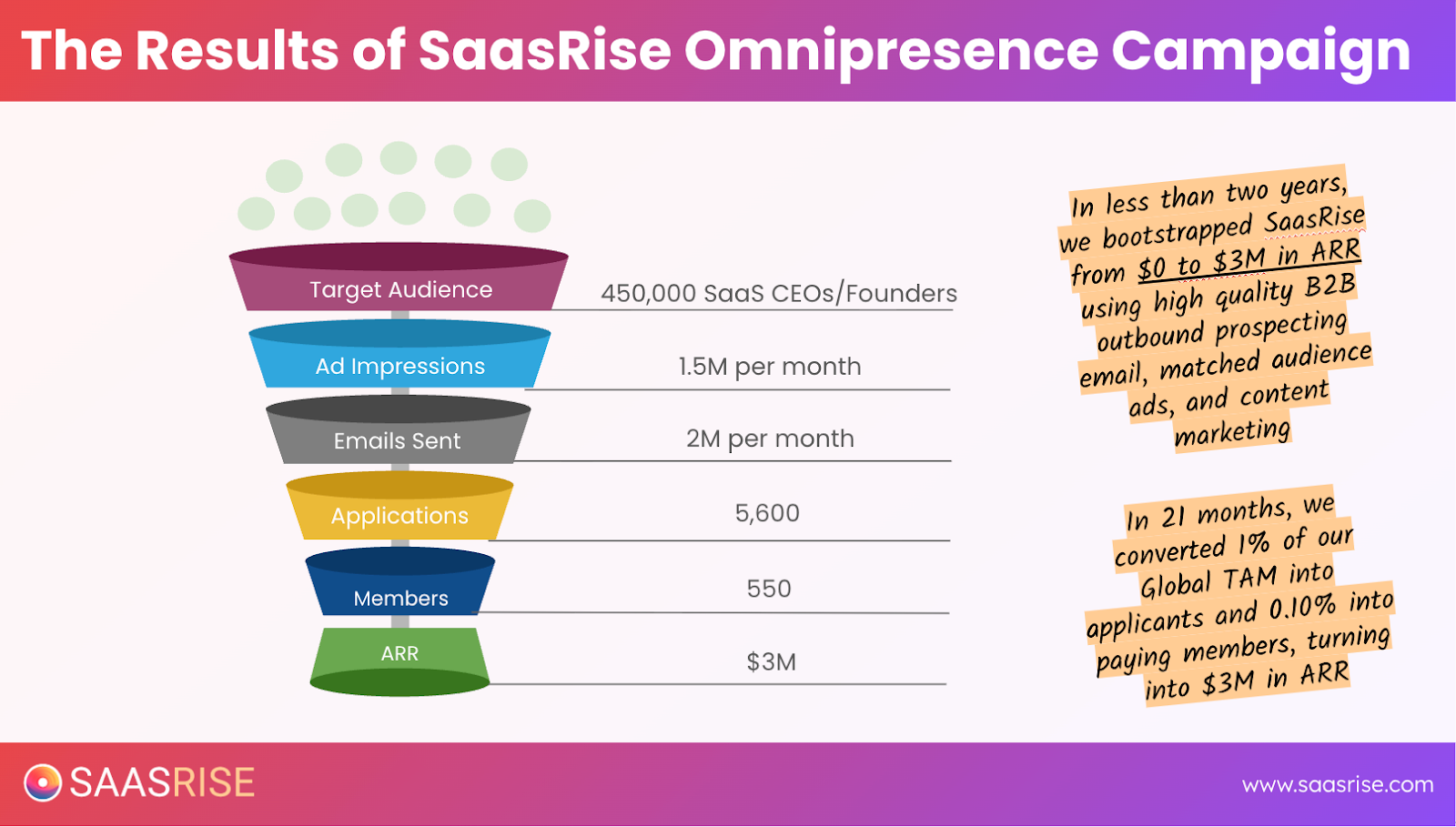
Here’s how you pull it off:
- Outbound Email (Cold + Warm)
- Use AI tools to personalize at scale.
- Personalized first lines can 5x your click and reply rates.
- LinkedIn Outreach
- Automate connection requests and messaging with Dripify or HeyReach.
- Keep it conversational, not spammy.
- Matched-Audience Ads
- Upload your ABM list into Meta, LinkedIn, and Google.
- Tools like Primer can double your match rate and keep your audiences synced automatically.
When you combine all three, you’re everywhere your ICP hangs out — and that’s when real pipeline momentum starts.
Step 7: Budget, Timeline, and Execution
Plan to spend $5K–$10K/month building and running your ABM system.
A typical setup looks like this:
- $1K–$3K for data and verification
- $3K–$6K for paid ads across channels
- $500–$1K for AI tools and automation
Within 90 days, you’ll start seeing clear cost-per-lead (CPL) numbers by channel.
Kill what’s not working. Double down on what is.
That’s how you scale efficiently.
Step 8: Measure, Optimize, and Keep Iterating
The best marketers don’t guess — they track.
Use attribution tools like Cometly, Dreamdata, or HockeyStack to monitor:
- Cost per lead
- CAC by channel
- Payback period
- LTV:CAC ratio
Every week, look for what’s improving and what’s not. Then test, adjust, and keep moving.
Marketing is just compounding math — small optimizations every week add up to big wins over time.
What Success Looks Like
When your ABM system is firing, here’s what you’ll notice:
✅ Your data is clean, verified, and segmented.
✅ Your email, LinkedIn, and ad campaigns are synced.
✅ Your prospects are seeing your brand everywhere.
✅ Your CAC is predictable, and your funnel is measurable.
When that happens, growth stops being random — it becomes repeatable.
The Big Takeaways
- Precision beats volume. Don’t chase leads — target the right ones.
- Your list is your moat. Invest in high-quality data that compounds in value.
- Omnipresence wins. Be everywhere your buyers are until they remember your name.
- Clean data = scalable growth. Verify, segment, and maintain it.
- Think long-term. ABM compounds — the results get better every quarter.
Final Word
This is the work that separates predictable growth from chaos.
Most SaaS founders underestimate how powerful it is to have a precise list of every decision-maker in their market. Once you have that, your marketing stops being a guessing game.
So take a week, build your list, and build it right.
Because once your ABM system is live, your audience isn’t just seeing your ads — they’re remembering your brand, engaging with your message, and becoming your next wave of customers.
That’s how you scale with precision.
This content is from the 16 week B2B SaaS Growth Program that we run twice a year.

